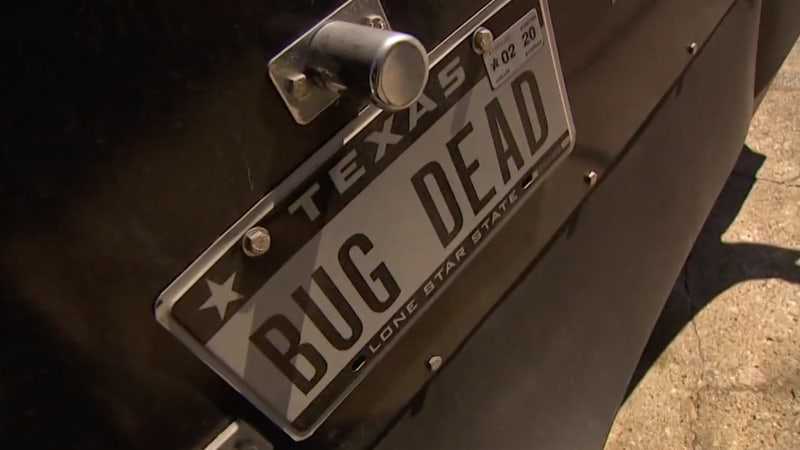Bedbugs: Rideshare passengers are sharing more than just rides
https://ift.tt/37YPXlJ

Ridesharing sometimes feels like an inherently vulnerable and risky method of transportation. Regardless of security checks and balances, users get into cars they don’t know with people they don’t know. Though in reality the risks are extremely rare, we worry that the driver could be dangerous, other passengers could be dangerous, or even the car itself could be dangerous. But there’s another risk to ridesharing that could be lurking in the upholstery and carpeting: bedbugs.
Bedbugs are nothing new, but a recent report about a Dallas, Texas, terminator treating rideshare vehicles is freaking people out. As WFAA reports, via The Drive, Doffdon Pest Control owner Don Brooks said he gets approximately 5-10 rideshare calls per week. Some drivers have noticed the pests in the cars and want them gone, while others are simply worried about the prospect and want some peace of mind.
“By the time you start seeing them, you’ve got a bigger problem than you had any idea,” he told WFAA. “… It could be one of them that just crawled off someone.”
That’s really all it takes for a bedbug infestation to start. According to the exterminator company Orkin, if that one bug is a pregnant female, the population can grow to more than 300 adults and 1,000 eggs in about three months time. That bug could come from a private residence, a bar, a mall, or any other number of places. Considering rideshare vehicles account for millions of rides and serve hundreds of passengers means the possible sources of infestation are endless.
To kill the bugs, Brooks offers two methods of treatment: spray or heat. For $250, Brooks will put the car in a tent and heat the car up to about 150 degrees for a few hours. That’s hot enough to nuke the nasty little critters, which can be anywhere from a millimeter or two up to a quarter-inch in length. A cheaper and quicker solution uses liquid pesticide.
“I can spray a car in 15 minutes,” Brooks said. “I usually do the backseat, the crevices, and the carpet on the floor.”
Detection can be difficult, due to the small size of the bugs, but careful inspection can help. Small black dots could mean bedbug waste in the form of shed exoskeletons or poop. They typically can be found in corners, crevices, or other small hiding places. Those dealing with infections might be alerted to the problem by red dots (bites) on the skin.
Although this report comes out of the Dallas-Fort Worth area, there are bedbugs in every city in the country.
Orkin‘s 2020 list of cities with the most bedbug calls named D.C. first, then Baltimore, Chicago, L.A., and Columbus, Ohio. Dallas is listed at No. 17. However, Terminix data from 2019 shows a much different picture. That list has Philadelphia in the top spot, followed by New York, Dallas-Fort Worth, Indianapolis, and Cincinnati.
Either way, the mission is the same: Kill, kill, kill.
“There’s no better bug than a dead bug,” Brooks said. And that’s the truest thing you’ll hear all week.
Feeling itchy now? For more information on identifying bedbugs, head over to Orkin.
Auto Blog
via Autoblog https://ift.tt/1afPJWx
February 25, 2020 at 06:32PM
